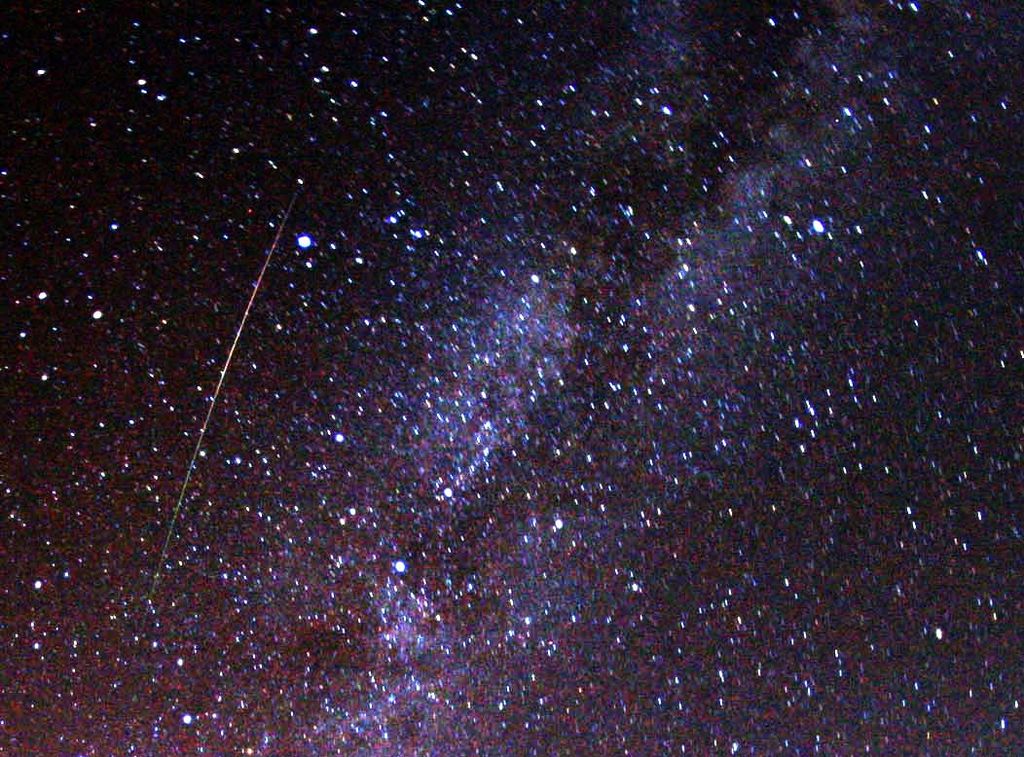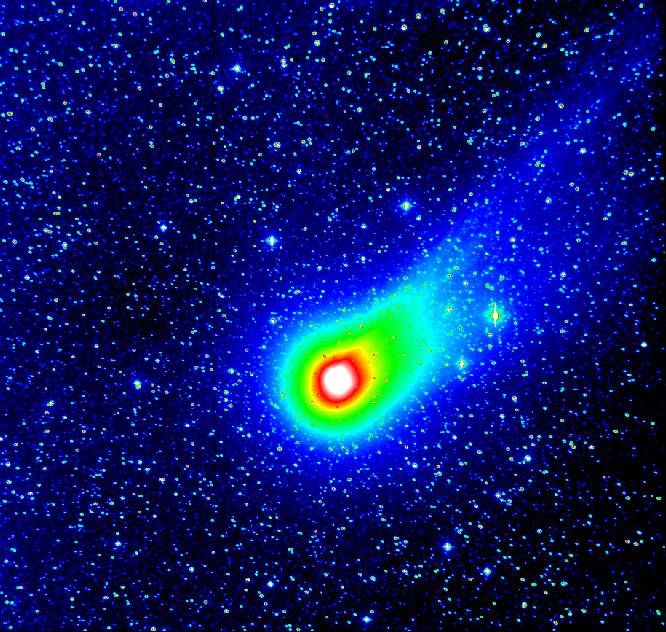
There are few celestial events as reliable or as anticipated as the annual Perseid meteor showers. The shooting star show typically begins in mid-July and continues until the end of August. However, it is most visible around mid-August. According to astronomers, this year the best time to watch nature’s fireworks will be the evening of Thursday, Aug 11 and the early hours of Friday, Aug 12.
Most years this means being able to observe 50 to 100 shooting stars every hour. However, astronomers from the International Meteor Organization believe that this year we will experience less of a “shower” and more of an “outburst” of shooting stars. They predict that at its peak there may be as many as 200 meteors per hour! This means that even novice observers have a good chance of seeing them.

The best place to view them, of course, is a dark, vast open space that is far from city lights. Experts also recommend settling down in an area where you can observe the entire dome of the sky and watching the stars with your bare eyes because telescopes and binoculars could restrict the view. Also, be patient! It will take 10 – 15 minutes for your eyes to get accustomed to the dark skies and then maybe as long, or even longer, to spot a meteor or two. Finally, keep your fingers crossed and hope for clear skies. For if Thursday night happens to be foggy, you are out of luck!
Though called shooting stars, meteors have nothing to do with stars. They are remains of cosmic dust and dirt left behind by comets traveling through the area. When the debris collide with the Earth’s atmosphere at high speeds, it burns, resulting in a flash or what we call a “shooting star.” The Perseids, which get their name because they appear to spurt from the constellation Perseus, are debris left behind by the comet Swift-Tuttle each time it passes by Earth during its 132-135-year orbit. While it will not visit again until 2126, the comet has left behind plenty of fragments from its last visit in 1992. This means that Perseid meteors will continue to shower upon us every August, like clockwork.

Fortunately, since the comet dust lies in the path of Earth’s orbit around the sun, it is encountered annually at the same time. While the Perseids are visible from most parts of the globe, thanks to the path of Swift-Tuttle's orbit, the best views are reserved for the residents of the Northern Hemisphere.
In addition to being the most reliable of the over 30 meteor showers visible from Earth every year, the Perseids are also known for sending out a large number of fireballs — meteors as bright, or even brighter, than Jupiter and Venus. NASA scientists, who have nicknamed the Perseids "fireball champions” believe that the bright meteors are a result of Swift-Tuttle's large (26 km diameter) nucleus. They speculate that it leaves behind hundreds of meteoroids, many of which are large enough to produce fireballs. So be sure to mark your calendars and see if you can catch one or two of the spectacular shooting stars – Don’t forget to make a wish as you do!
Resources: Space.com, cnn.com, wikipedia.org